 Abraham Lincoln
If given the truth, the people can be depended upon to meet any national crisis...
Abraham Lincoln
If given the truth, the people can be depended upon to meet any national crisis...
 Guildford news...
for Guildford people, brought to you by Guildford reporters - Guildford's own news service
Guildford news...
for Guildford people, brought to you by Guildford reporters - Guildford's own news service
Birdwatcher’s Diary No.32
Published on: 2 Apr, 2013
Updated on: 2 Apr, 2013
By Malcolm Fincham
On a very wet Saturday, March 16, I decided to investigate a report I had heard earlier in the week of quite a rare sighting in the UK. It was of a group of more than 100 hawfinches apparently roosting high in some trees, mainly conifers, at Juniper Bottom in Mickleham.
This required an early start. I was also pleased to find a couple of other birdwatching enthusiasts who seemed as keen as me, which helped as my incentive to go there so early.
Although the views we got were only distant, it was quite incredible to me to see so many gathered together in such a large roost. Added to that, they were the first I have seen for over 10 years!
Here’s a clip from You Tube showing hawfinches close up. Many moons ago I was lucky enough to have a similar close-up sighting in Hampshire.
To make a day of it, after visiting the hawfinches, we headed off through the rain and sleet to Warnham nature reserve in West Sussex – a place I previously featured in Birdwatcher’s Diary No. 26. Once there, we were able to shelter from an icy breeze in the woodland hide and take a few pictures of a variety of birds that adorned the feeders.
While watching the multitude of chaffinches feeding on the ground, my eyes lit up to the sight of what looked to be a most unusual one. I instantly realised however, and called out in a whisper for fear of scaring it off… “brambling..!” Indeed, it was the first one I have had the pleasure of seeing this year. And to get a few pictures too was a real bonus.
I was also able to catch what I consider to be some rather nice shots of both a male and a female reed bunting, as well as a few other winter visitors on display to add to the day’s photo collection.
I must say, it was a much welcomed cup of coffee and slice of cake we had that day at the visitor centre while watching several displaying harvest mice. They are in captivity there for the purpose to breed with their offsprings then being released into the wild.
On Monday, March 25, I had my first sighting of a summer migrant of this year, in the form of a wheatear. Three males in all to be precise. Unfortunately, although I did manage to take a few record shots, they were all far too skittish to allow me any decent pictures.
This was on a return visit to Farlington Marshes, a site in Hampshire featured in my previous report. Although the wheatear pictures didn’t come out as well as I had hoped, I was pleased to add some reasonable pictures of a few other birds.
The first of which was a redshank – notable by its bright red legs [shanks]. I also picked out a grey plover still in winter plumage, while plenty of pintail ducks and shovelers were still present in the lagoons.
Also, feeding in the soft mud among the brent geese still present, was a black-tailed godwit. This made up in a small way for the one I missed that had spent three consecutive days feeding in a flooded field at Unstead sewage farm near Godalming, between March 21 and 23. It being only the third ever record at that site.
On our journey home we decided to drop in at Thursley Common in the hope of seeing the great grey shrike that has (as most years recently) once again been over-wintering there. On this occasion he was nowhere to be seen. Apart from a distant view of a woodlark and a kestrel sitting in a pine tree, all was very quiet. A scenic photo across the heathland with a distant view of snow on the Hog’s Back made it feel all the more like winter.
On looking through some of my photos taken on March 27 last year (which included a picture of a willow warbler shown in my very first report for The Guildford Dragon NEWS) I noticed a picture of the cherry tree in my garden in full blossom. I have included it here to compare with the photo I took on the same day this year to show the difference this long spell of cold weather has made. And looking ahead, if my information is correct, we’re not likely to have any sustained warm weather until May!
A walk out to Bowers Lock at Burpham on March 28 saw no signs of any summer migrants – and elsewhere locally either. I did take a few pictures along the way of some of our resident species including grey heron, a chiffchaff and a few Egyptian geese.
I took a look at the newly opened viewing hide at The Riverside Nature Reserve which I feel has been constructed extremely well. But to my mind it falls a long way short, with its viewing portholes that are only ideal if you are either two or four foot tall!
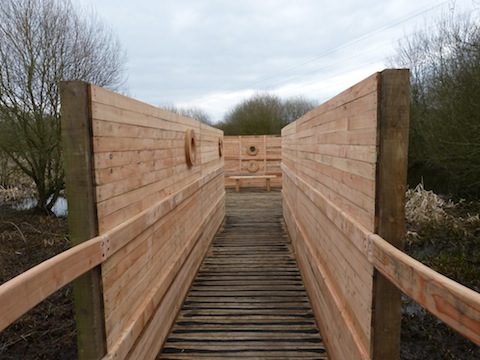
The viewing hide is well made, but the port holes only seem ideal for people who are either vertically challenged or quite young!
The only notable sign of spring that day was the sighting of frog spawn in a local pond a good three weeks later than last year.
I end the month on a bright note – on a very bright, sunny, but exceptionally chilly dawn for this time of the year, (-5c degrees). Determined to get some better photos, I once again returned to Juniper Bottom in Mickleham where the hawfinches were still continuing to roost.
Normally by this time of the year they should have paired up and dispersed to their various nesting sites. However, as with most things, maybe this cold spring has affected their behaviour too.
Although there wasn’t the 100 or so counted on previous occasions in the last few weeks, I was fortunate to count at least a dozen. Although quite distant to view, I was able to take a few pictures that were better than on my previous visit.
What a difference a year makes. Just reflecting back as I start to write this report, it was late March 2012 when I was approached by the newly launched The Guildford Dragon NEWS to write my column. Having such an interest in wildlife and a passion to encourage others into the world of nature, I found it impossible to refuse.
Responses to Birdwatcher’s Diary No.32
Leave a Comment Cancel replyPlease see our comments policy. All comments are moderated and may take time to appear.

"Found any?" - "Nope, it all looks green to me!" (See Opinion: The Future is Congested, the Future is Grey)
www.abbotshospital.org/news/">





Recent Articles
- Latest Evidence in Sara Sharif Trial
- Ash’s New Road Bridge Is Named – and November 23rd Is Opening Day
- Class A in Underwear Leads to Jail Sentence
- Historical Almshouse Charity Celebrates Guildford in Bloom Victory
- Notice: Shalford Renewable Showcase – November 16
- Firework Fiesta: Guildford Lions Club Announces Extra Attractions
- Come and Meet the Flower Fairies at Watts Gallery
- Updated: Royal Mail Public Counter in Woodbridge Meadows to Close, Says Staff Member
- Letter: New Developments Should Benefit Local People
- Open Letter to Jeremy Hunt, MP: Ash’s Healthcare Concerns


Recent Comments
- Paul Spooner on Ash’s New Road Bridge Is Named – and November 23rd Is Opening Day
- Harry Eve on Opinion: The Future is Congested, the Future is Grey
- Nigel Keane on Letter: New Developments Should Benefit Local People
- Nathan Cassidy on Updated: Royal Mail Public Counter in Woodbridge Meadows to Close, Says Staff Member
- T Saunders on Opinion: The Future is Congested, the Future is Grey
- Jim Allen on Updated: Royal Mail Public Counter in Woodbridge Meadows to Close, Says Staff Member
Search in Site
Media Gallery
Dragon Interview: Local Artist Leaves Her Mark At One of England’s Most Historic Buildings
January 21, 2023 / No Comment / Read MoreDragon Interview: Lib Dem Planning Chair: ‘Current Policy Doesn’t Work for Local People’
January 19, 2023 / No Comment / Read MoreA3 Tunnel in Guildford ‘Necessary’ for New Homes, Says Guildford’s MP
January 10, 2023 / No Comment / Read More‘Madness’ for London Road Scheme to Go Ahead Against ‘Huge Opposition’, Says SCC Leader
January 6, 2023 / No Comment / Read MoreCouncillor’s Son Starts Campaign for More Consultation on North Street Plan
December 30, 2022 / No Comment / Read MoreCounty Council Climbs Down Over London Road Works – Further ‘Engagement’ Period Announced
December 14, 2022 / No Comment / Read MoreDragon Interview: GBC Reaction to the Government’s Expected Decision to Relax Housing Targets
December 7, 2022 / No Comment / Read MoreHow Can Our Town Centre Businesses Recover? Watch the Shop Front Debate
May 18, 2020 / No Comment / Read More



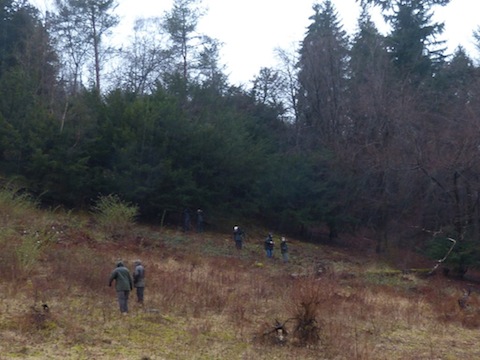
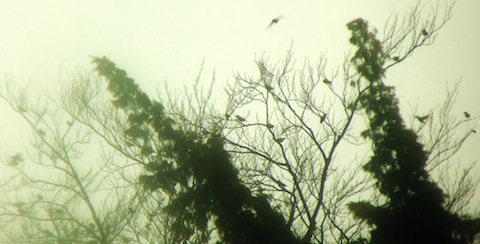
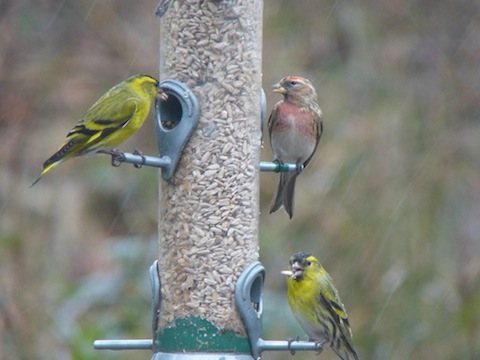


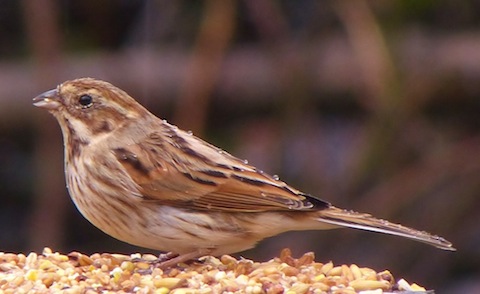
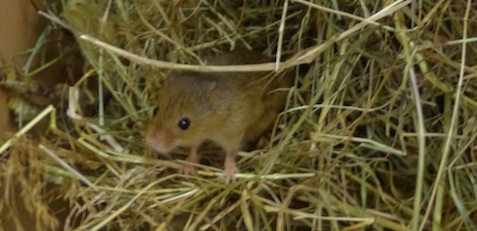



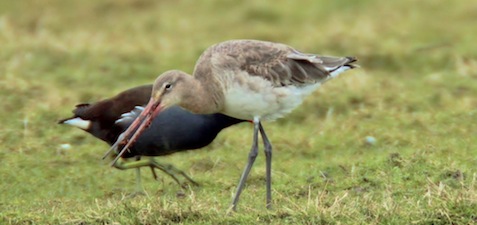
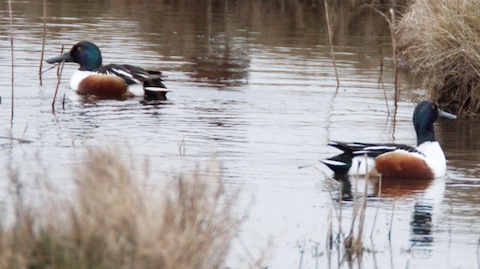


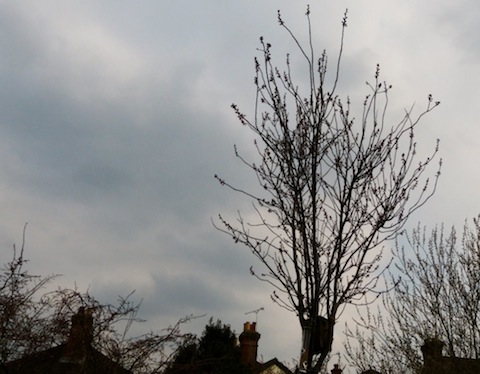
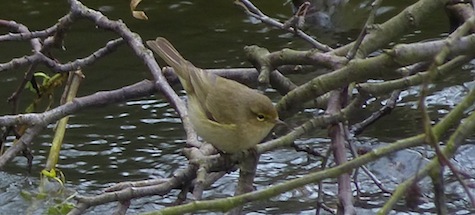
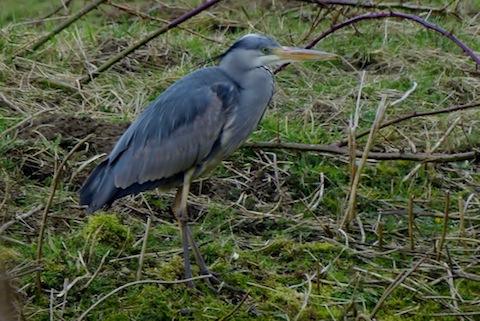
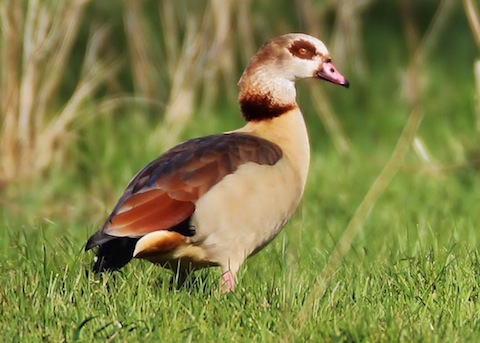
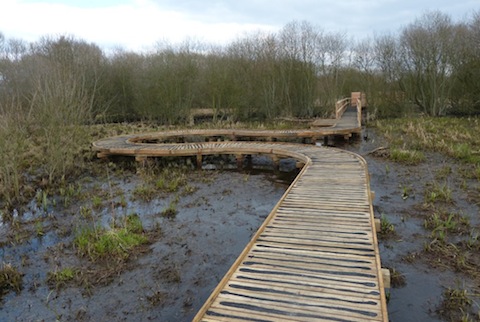
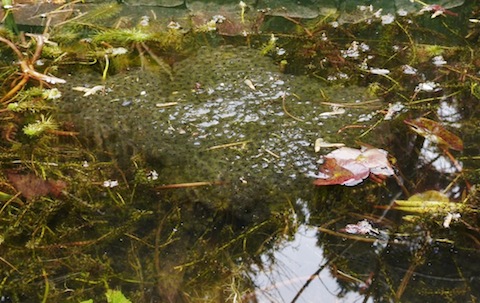
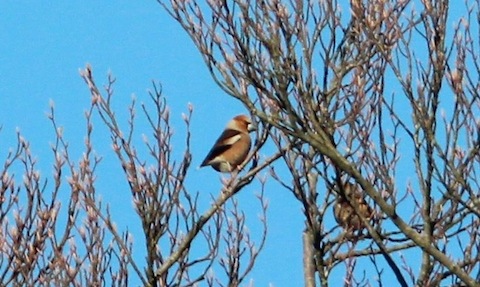
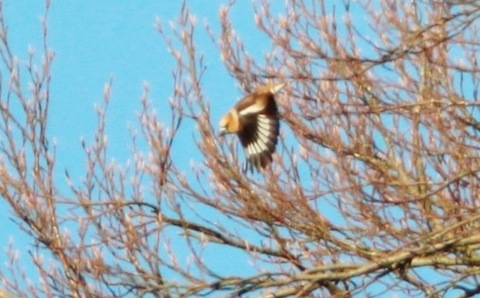




Debbie Hogan
April 6, 2013 at 9:55 pm
Lovely to chat and lovely pictures. I agree the hide is disappointing, have been to many better.